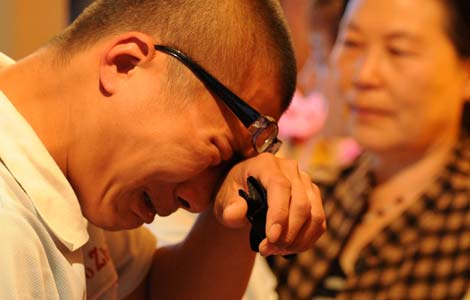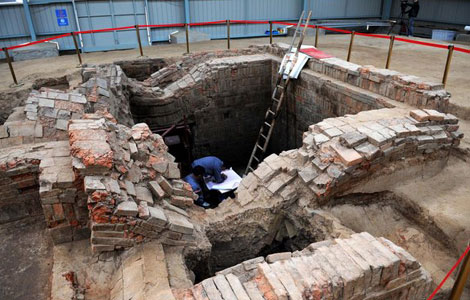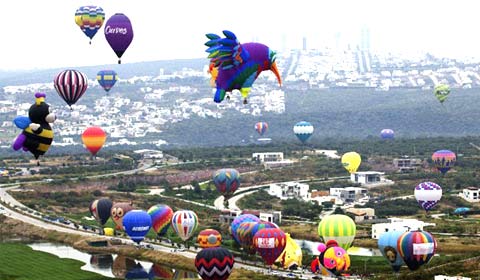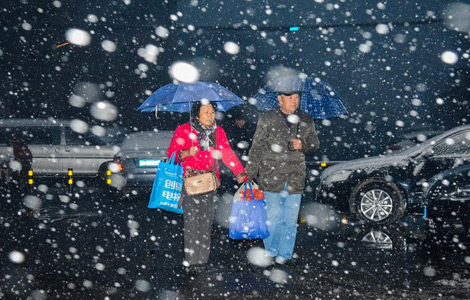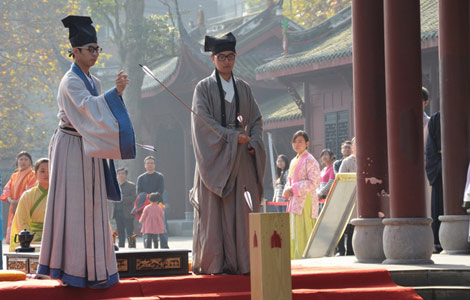The way of kindness
Updated: 2013-11-18 07:44
By Hu Yongqi and Li Yingqing in Shangri-La, Yunnan (China Daily)
|
||||||||
Under new management
In 2012, Deqen's farmers saw their per capita net income rise by 25 percent to 4,222 yuan, but in many families, the tradition of sending children to the monasteries remains unchanged.
Diqing's 23 monasteries and 556 prayer sites are home to 2,430 monks, according to Tsering, the director of Diqing Religious Affairs Bureau. In 2007, Yunnan's provincial government enacted pioneering legislation on the management of monasteries in four major Tibetan population centers, including the Tibetan autonomous region and the provinces of Qinghai and Sichuan. The new legislation meant that officials were able to provide help in areas in which the monks have limited experience, such as insurance and public utilities, said Tsering.
Ganden Sumtsenling is the most prominent destination for Buddhist pilgrims in Yunnan and like Dongrup Ling it's a popular tourist attraction. Soon after the legislation was passed, the Diqing government established management bureaus at Ganden Sumtsenling and Dondrup Ling to oversee the lay affairs of the monasteries and their neighborhoods. Thus far, the prefecture has established management teams in nine major monasteries in the area.
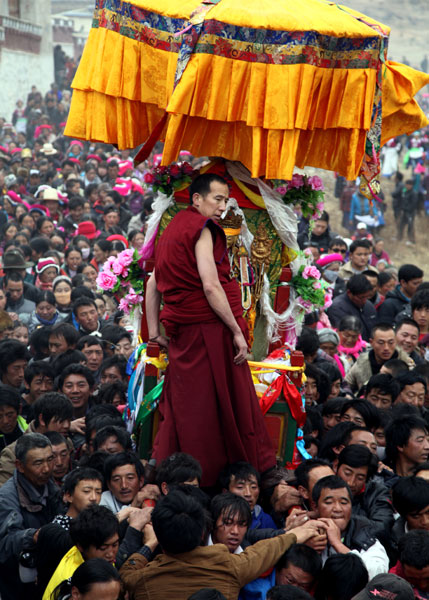 |
|
This 2012 photo shows pilgrims celebrating the Buddha-Greeting Festival at Ganden Sumtsenling Monastery in Shangri-La. The festival falls on the 15th day of the first month of the New Year, according to the traditional Tibetan calendar. Shen Bo / for China Daily |
The purpose of the bureaus is to serve the monks and better manage the neighborhood surrounding the temples, leaving the inhabitants free to pursue their studies, according to Tsering.
At Dondrup Ling, a committee of 12 highly respected monks is elected to govern the sacred area and the monks vote for a new committee every three years, said Lurung Gyaltso, who chairs the current committee.
A range of significant issues, such as the demolition or construction of new buildings, is currently under discussion by the panel, the Living Buddha, the management bureau and other local officials, he added.
Motorcycles and cars were once prohibited from entering the monastery grounds to ensure the monks enjoyed the solitude and serenity required for study and meditation. However, as the number of people living in the monastery increased, the use of vehicles became a necessary evil and so, at a meeting of all 400 monks held in 2010, it was decided to rescind the rule.
Compromise is key
However, finding compromises that suit all four interested parties is sometimes a difficult task and tempers often fray. Ma Tao, director of the general office of Ganden Sumtsenling Monastery Management Bureau, said negotiations and compromise are required to establish close links with the monks.
In 2009, three halls with damaged walls at Sumtsenling Monastery were scheduled for reconstruction. According to Tibetan tradition, the halls should remain wooden structures, but the local construction standards stipulate that all new buildings must include a high proportion of concrete and steel to preserve the woodland in the ecologically sensitive area.
Architects from Kunming, the provincial capital, were invited to design the new structure, but the monks were insistent that the refurbished halls should remain true to their original design and materials.
At the monastery's request, the management bureau organized approximately 30 face-to-face meetings between the designers and the monks, but was forced to turn to Tibetan artisans for help when the meetings failed to bridge the gap. After 11 amendments, the monks agreed with the revision: Wood was used for the external walls, while the interiors were mad of concrete, thus preserving the original look of the buildings.
"In the end, both sides had to compromise to meet the demand of the monks and also the standards," Ma said. "That was our job, small but very important, because we have to respect the monks."
The construction workers, all non-Tibetans, were ignorant of local traditions and found it hard to cope with the waste that accumulated during the building work, so the Ganden Sumtsenling management bureau dispatched a deputy director called Dawang to the site. "Our mobile numbers were pasted on the wall from the outset. All the monks knew our phone numbers after several months of close interaction," said Dong Chongjun, a senior bureau official.
Tsering said most monasteries are located high on the mountainsides, necessitating a one-day round trip for visitors from Shangri-La. That means he has become the main point of contact for remote monasteries facing problems, he said. Lamas have also visited him when they encountered financial troubles.
"The best the bureau can do is to allocate 2,000 yuan in subsidies. However, our limited budget means the central and provincial governments must provide more financial support to help the monks," he said.
Since 2010, all monks in Diqing aged 60 or older have been included in the medical insurance and elderly subsidy programs. Tsering's bureau is now negotiating with insurance companies to get personal accident insurance for the same group.
"Almost all Tibetans are born to believe in Buddhism and so my subordinates actually show the monks great respect. It's part of my hope that they can make bosom friends with the monks and that everything will become easier," he said.
Guo Anfei contributed to this story.
Contact the writer at huyongqi@chinadaily.com.cn
Most Viewed
Editor's Picks
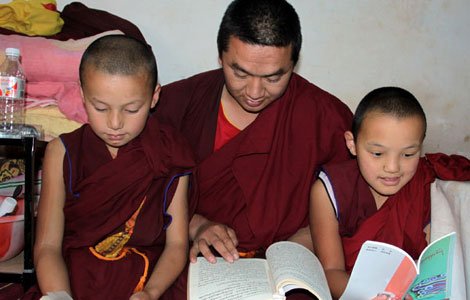
|

|

|

|

|
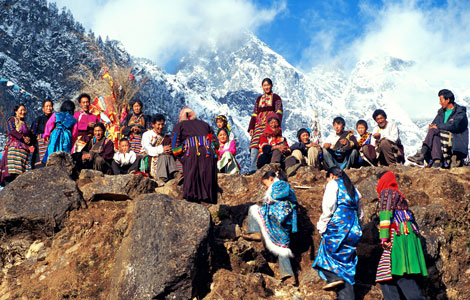
|
Today's Top News
PM Abe busy in ASEAN blitz aimed at Beijing
End of laojiao to take time
Bringing China's best minds home
 SAP innovates for China
SAP innovates for China
China forum explores startup landscape
Leadership's calls for reform hailed
MIT forum to help China tackle problems
EU, China heading in the right direction
US Weekly

|

|

